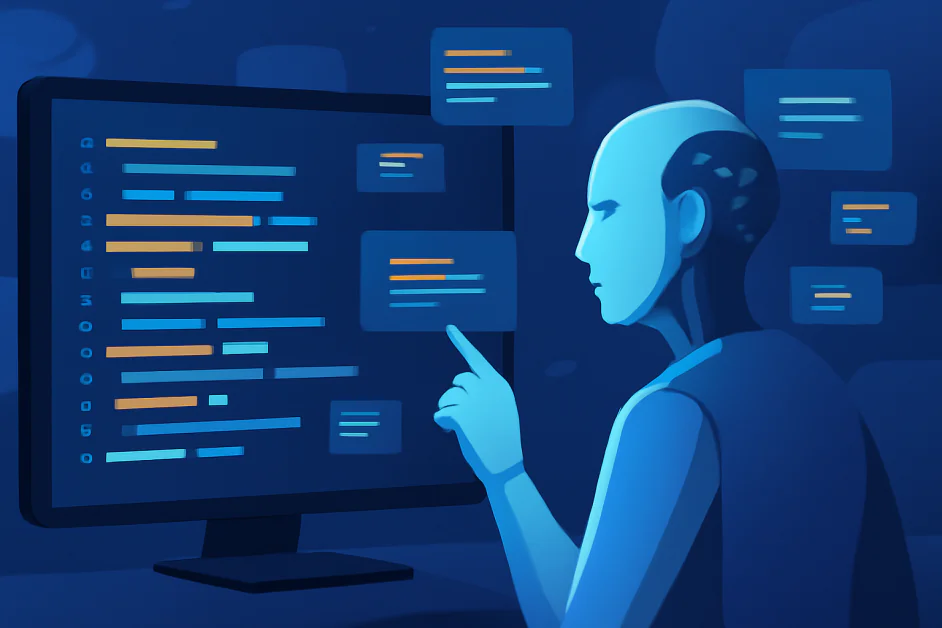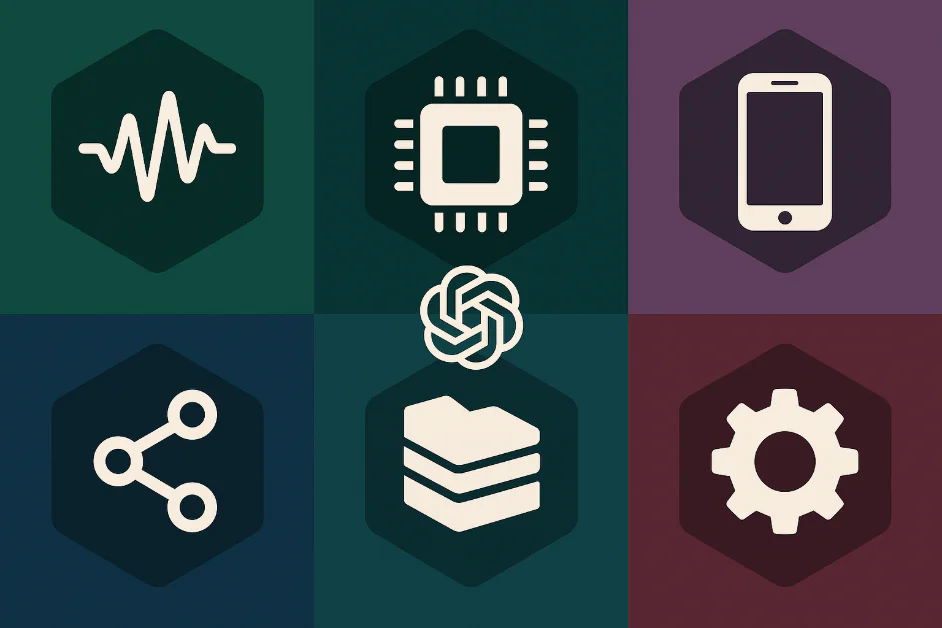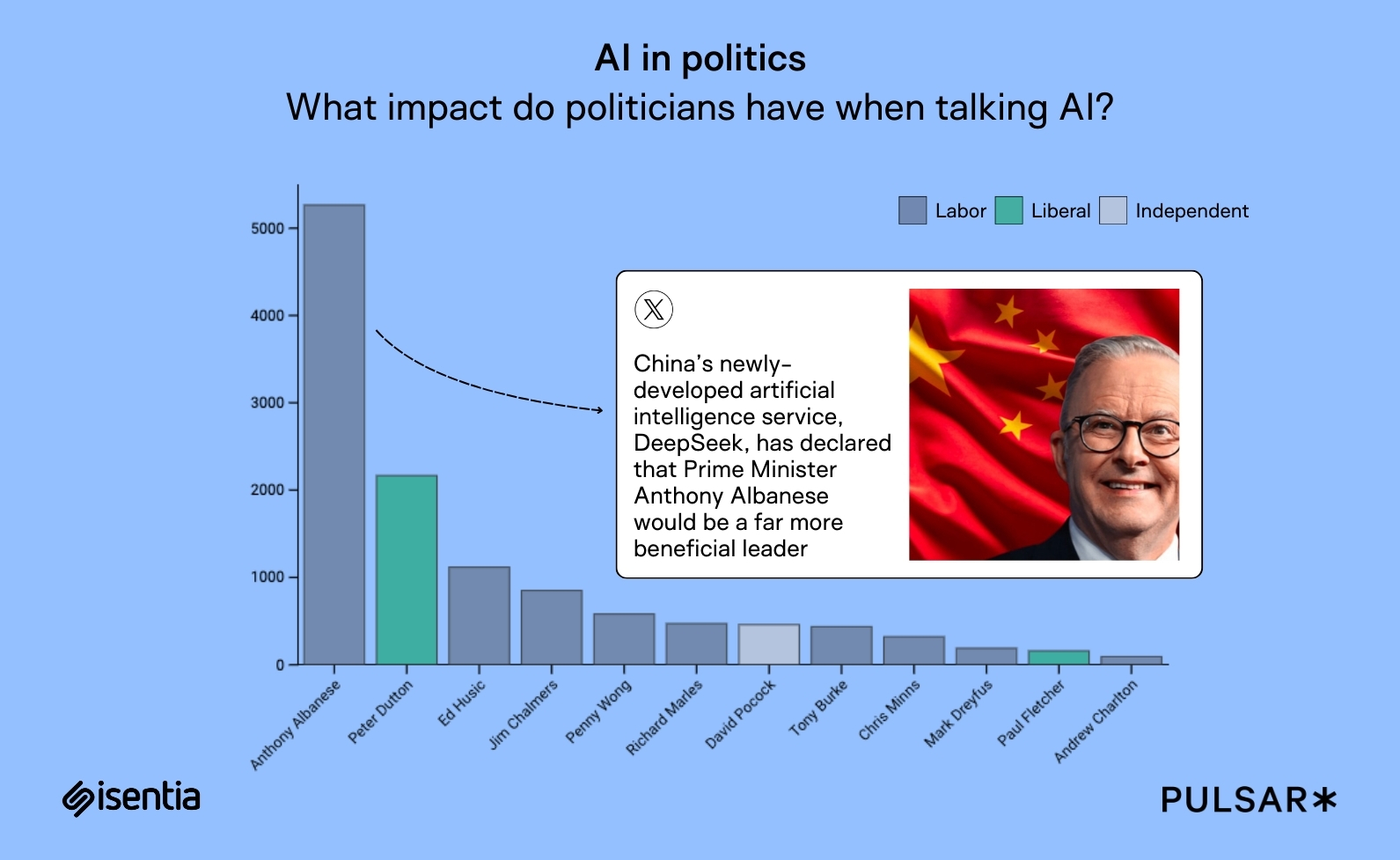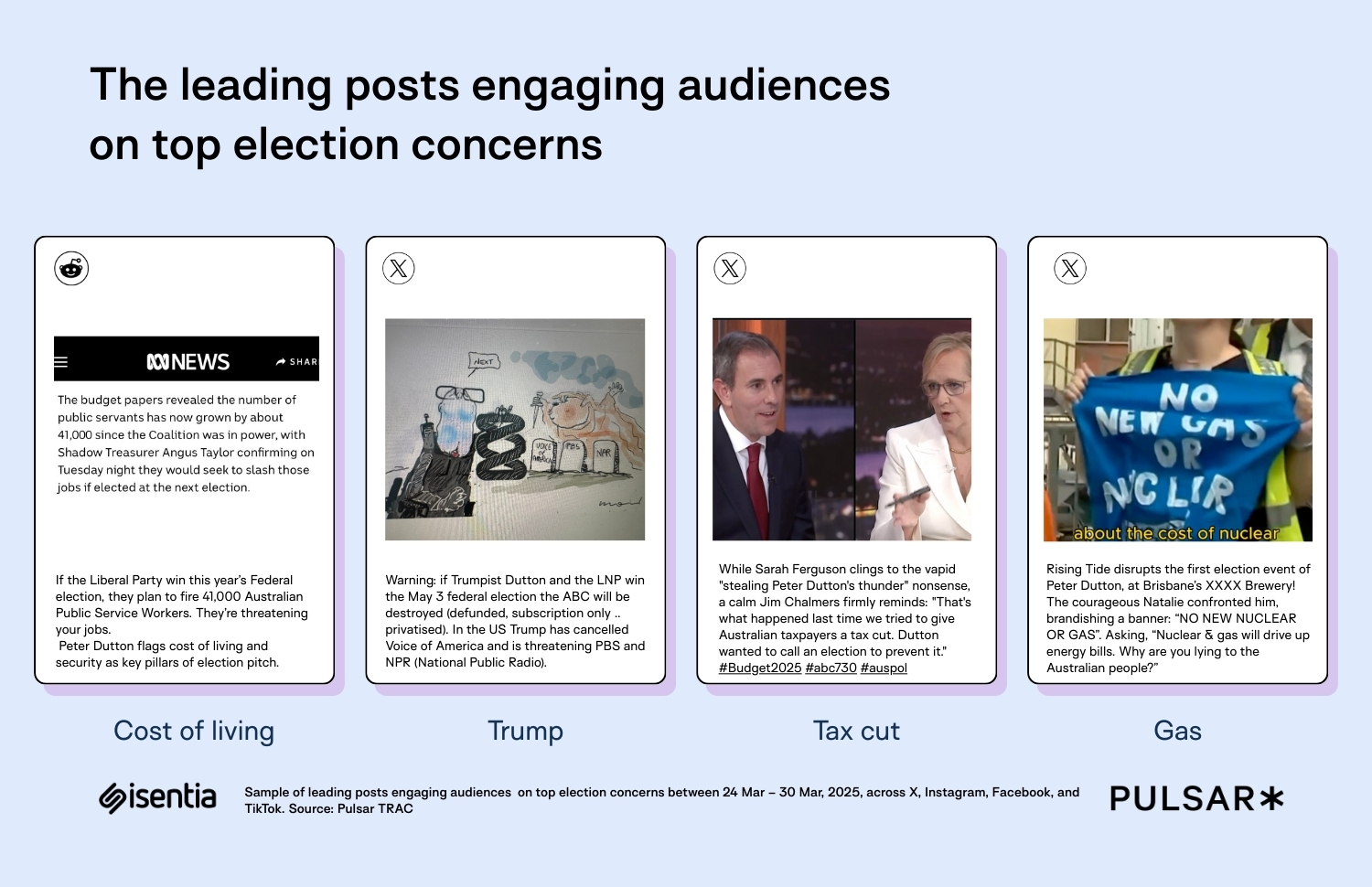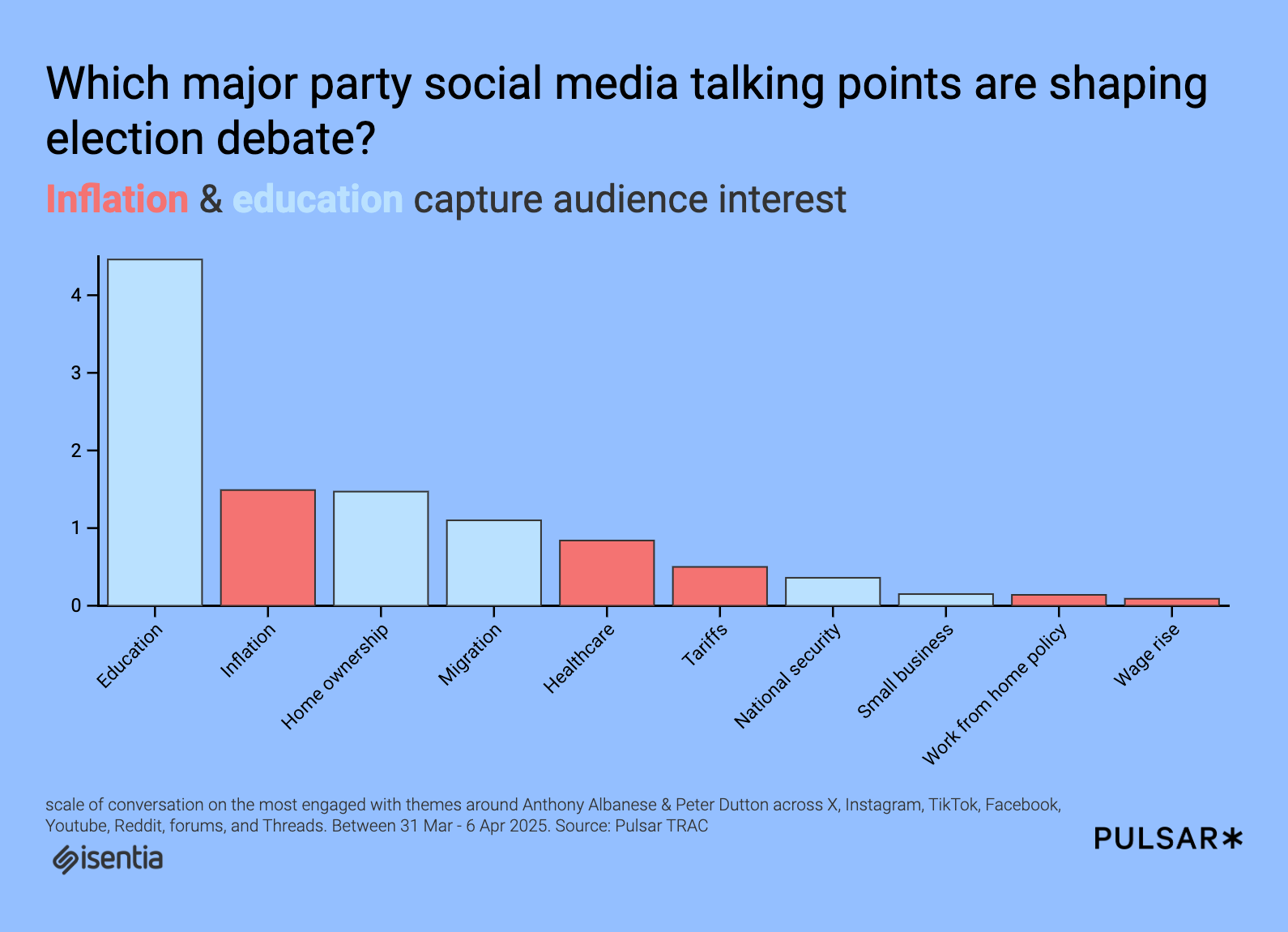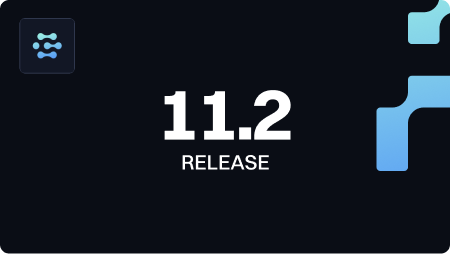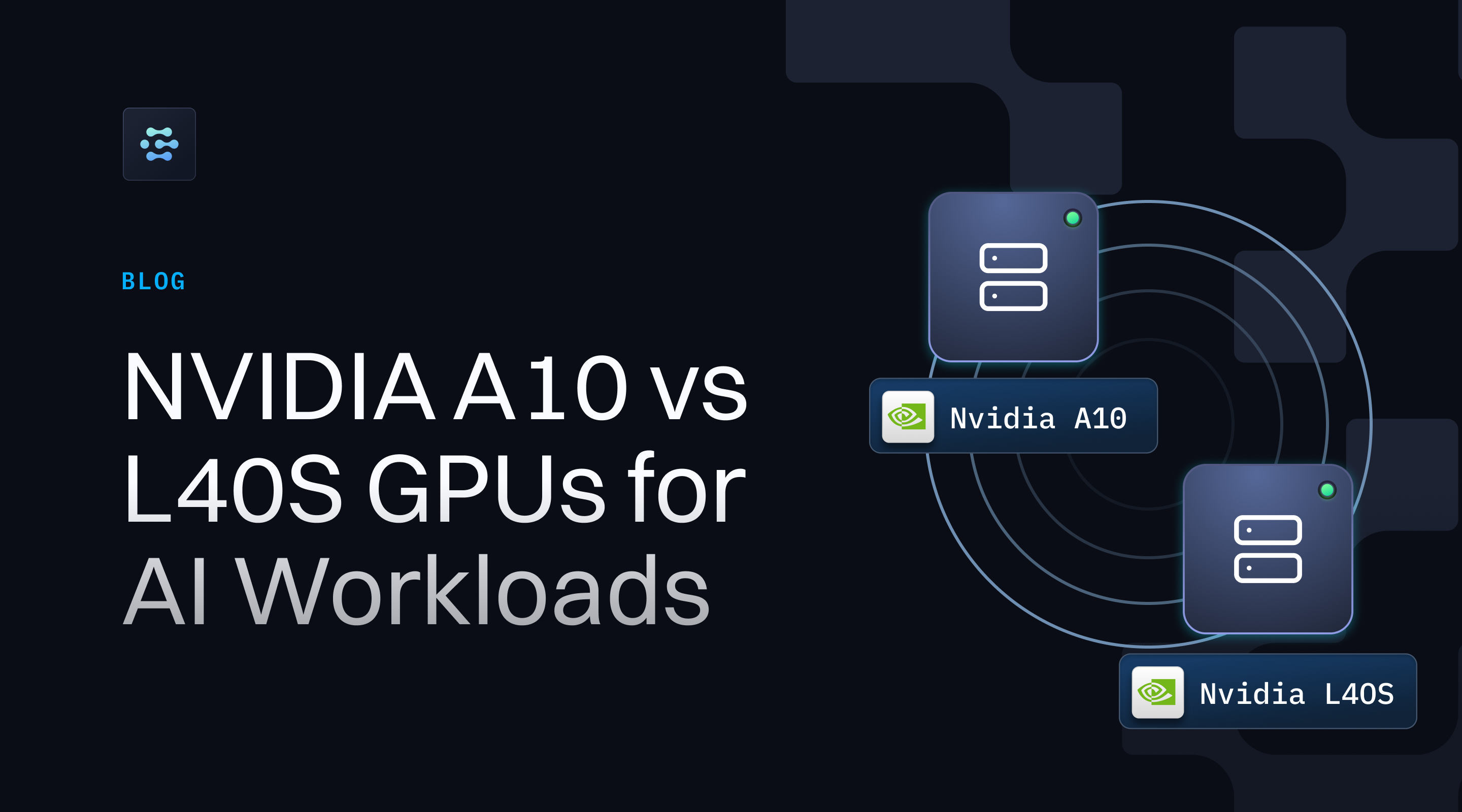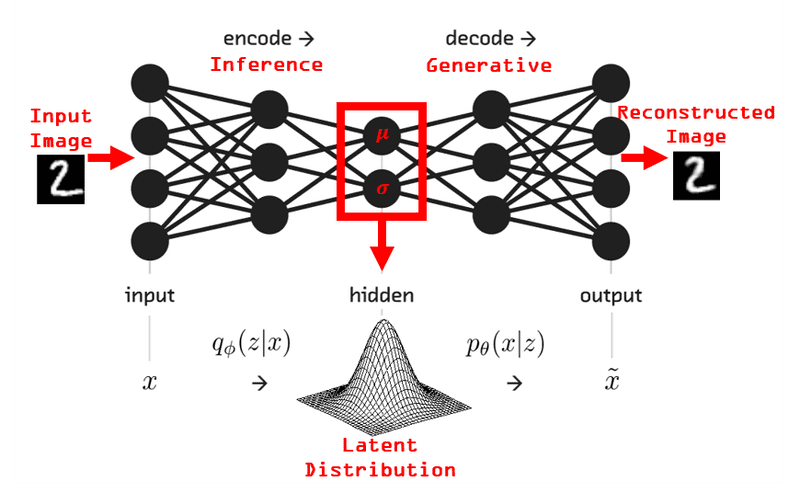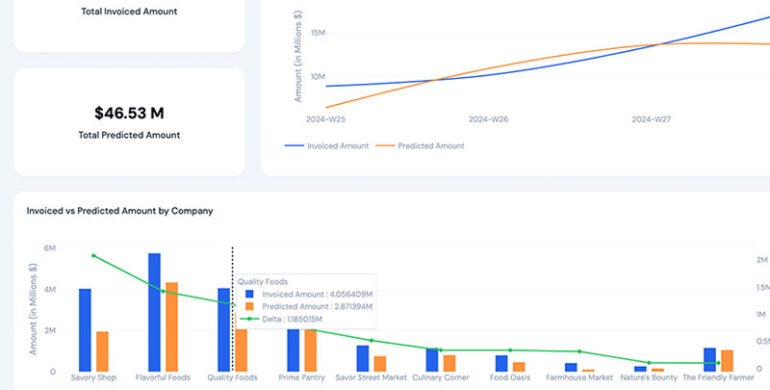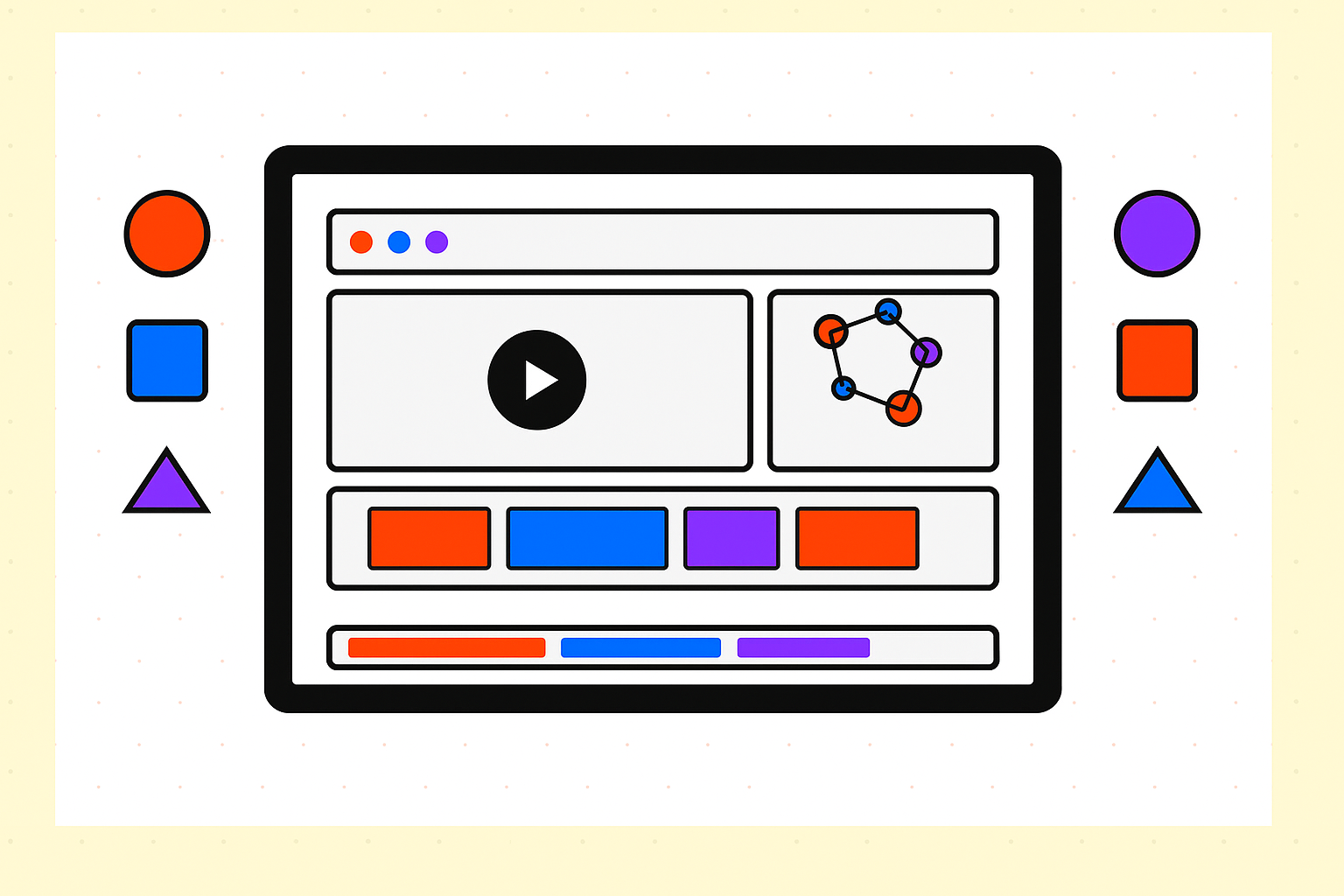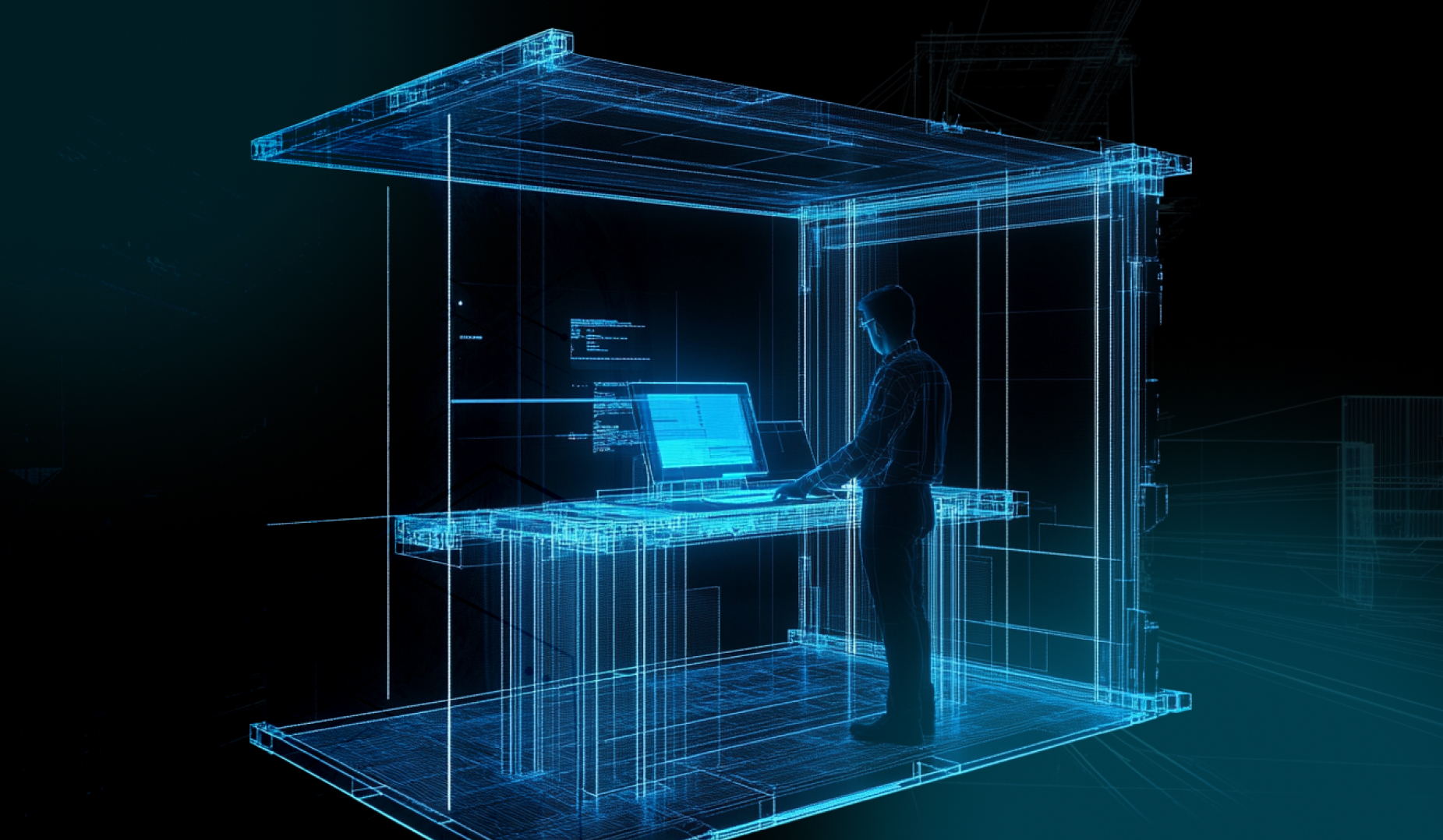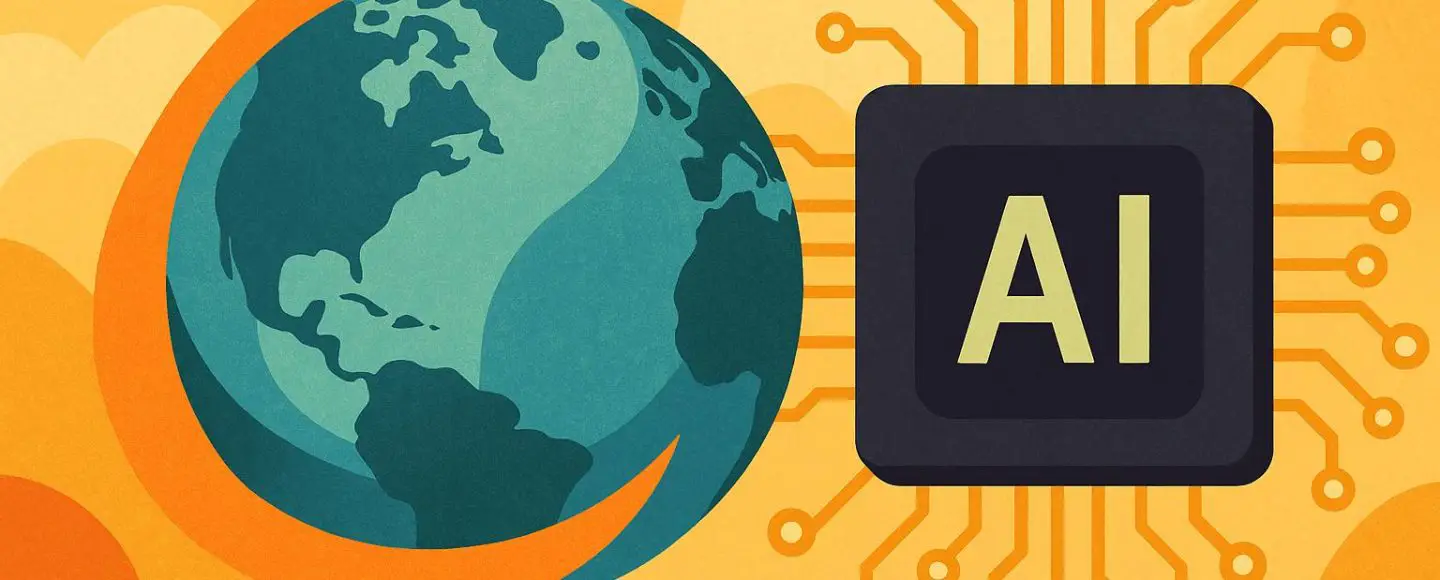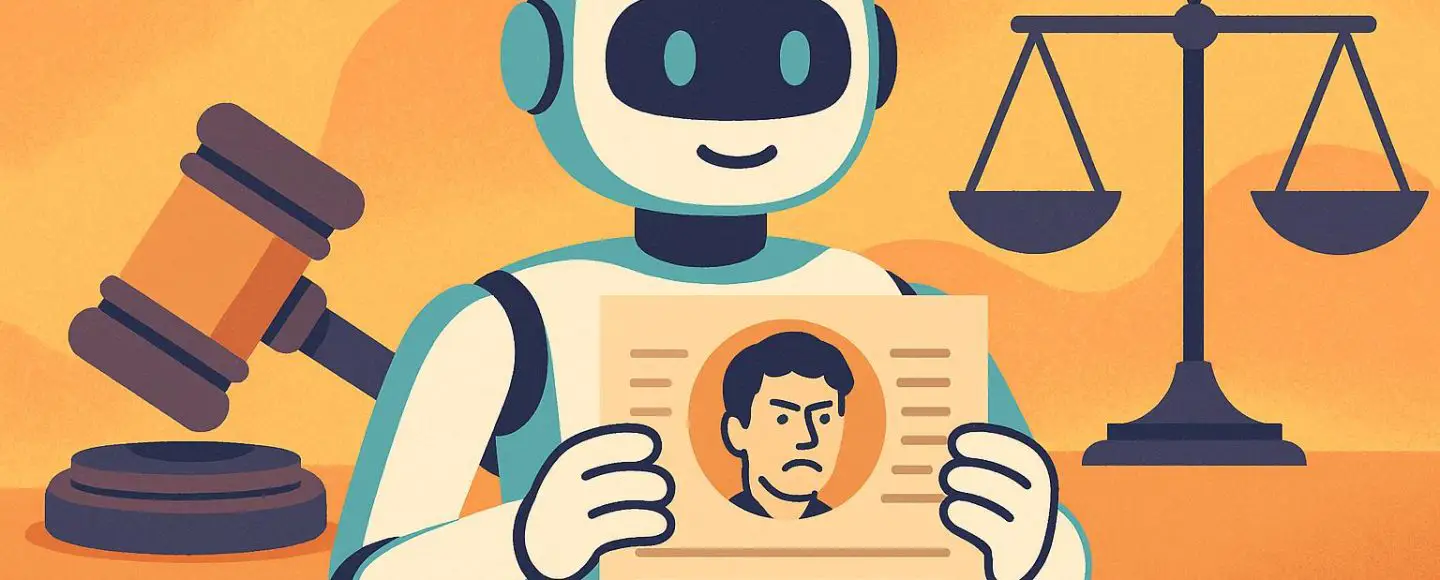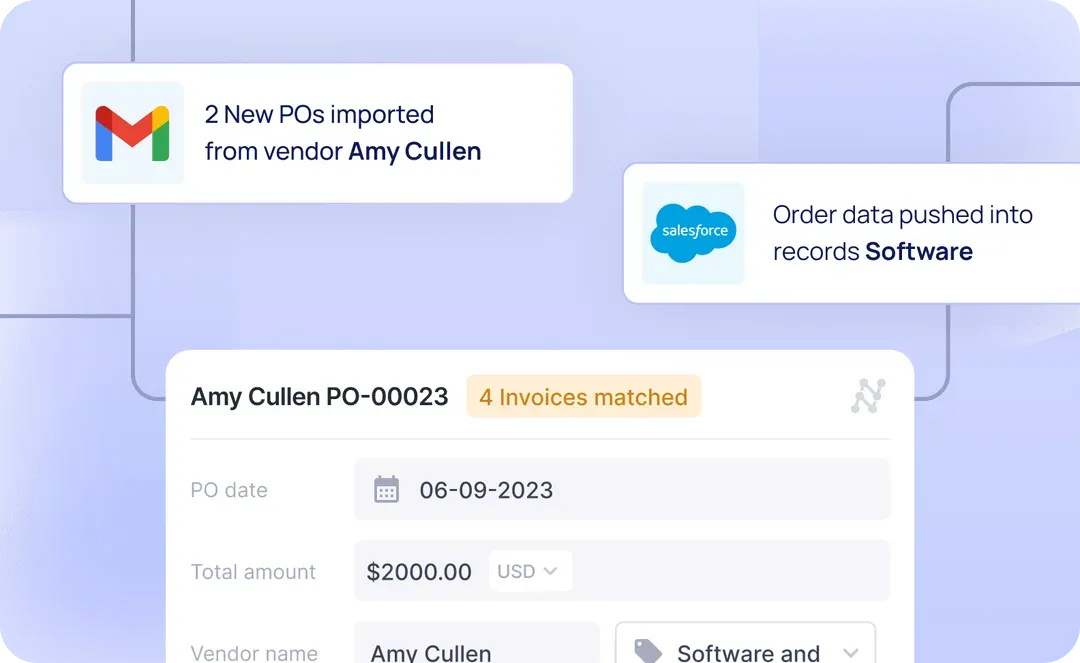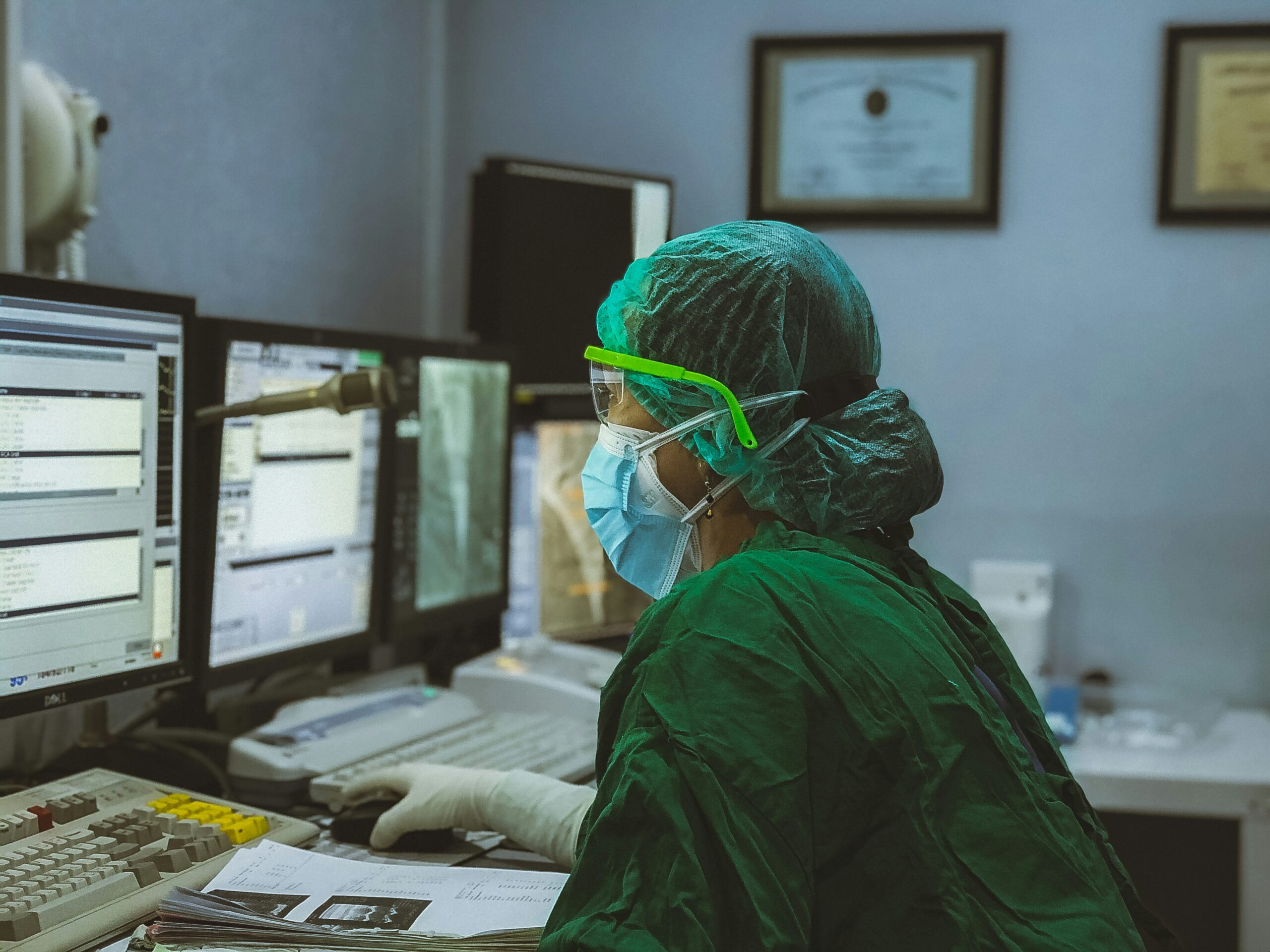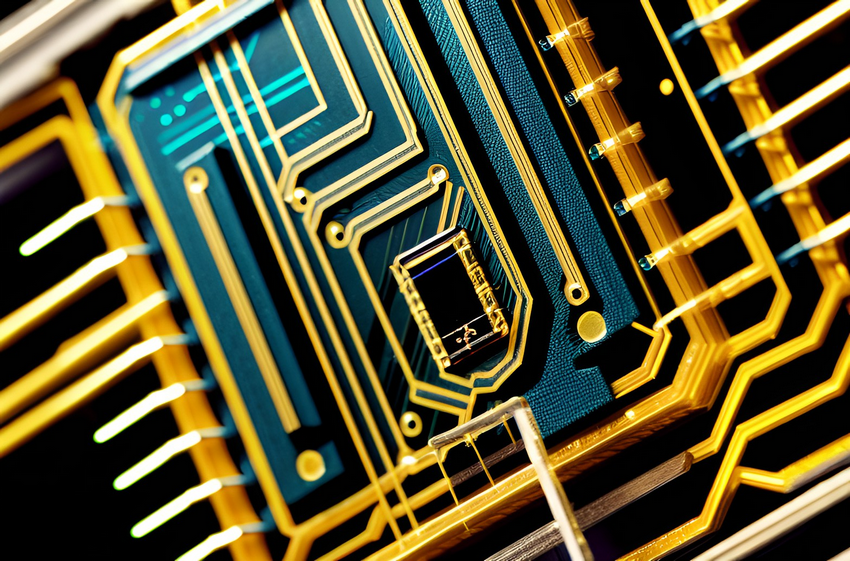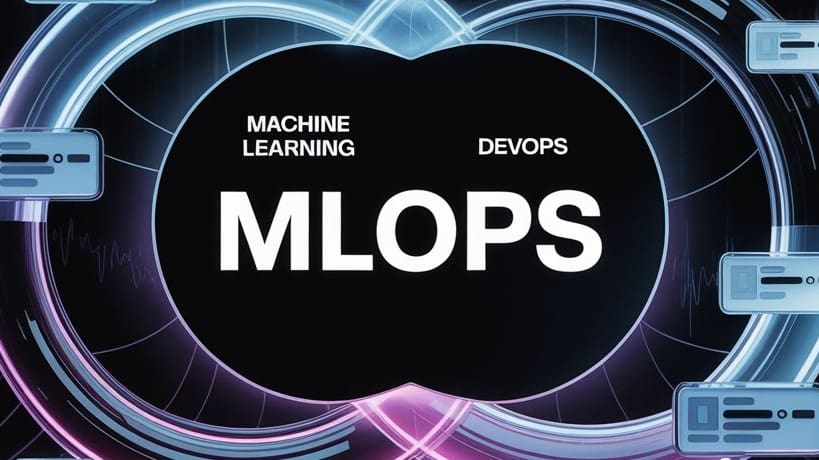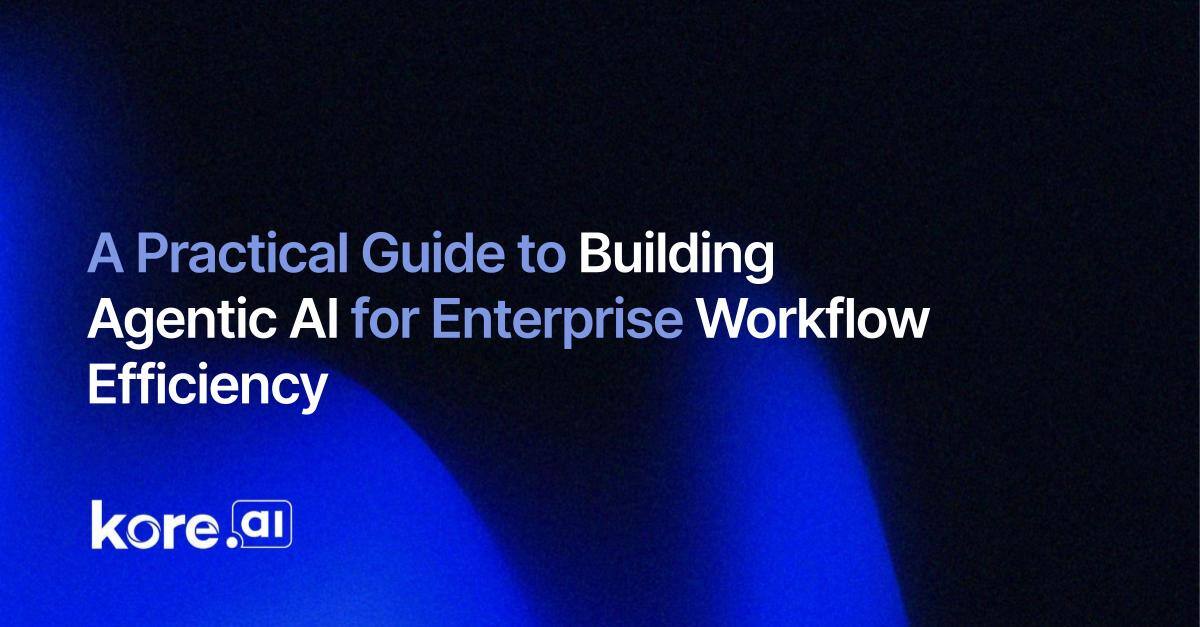AI in Robotics: A Comprehensive Guide 2025
Could the solution include robotic machines? Researchers and engineers turned to robotic AI in response to this urgent need. They developed MIT’s Elderly Bodily Assistance Robot (E-BAR), a mobile AI-powered robot that assists senior citizens and reduces the risk of falls. It illustrates how artificial intelligence in robotics is a futuristic solution. What does the… Continue reading AI in Robotics: A Comprehensive Guide 2025 The post AI in Robotics: A Comprehensive Guide 2025 appeared first on Cogitotech.

Could the solution include robotic machines?
Researchers and engineers turned to robotic AI in response to this urgent need. They developed MIT’s Elderly Bodily Assistance Robot (E-BAR), a mobile AI-powered robot that assists senior citizens and reduces the risk of falls. It illustrates how artificial intelligence in robotics is a futuristic solution.
What does the market say?
The artificial intelligence robotics market is segmented by robot type into service robots and industrial robots. The industrial robots market was the largest segment of the artificial intelligence robotics market, segmented by robot type, accounting for 56% or $7.7 billion in 2023. Going forward, the service robots segment is expected to be the fastest-growing segment in the artificial intelligence in robotics market at a CAGR of 30.2% during 2023-2028.
The global artificial intelligence in robotics market reached a value of nearly $13.9 billion in 2023, having grown at a compound annual growth rate (CAGR) of 26.5% since 2018. The market is expected to grow from $13.9 billion in 2023 to $50.2 billion in 2028 at a rate of 29.4%, grow at a CAGR of 25.9% from 2028, and reach $159 billion in 2033.
Artificial intelligence-driven robotic devices will be the crucial allies we need to transform our daily lives. Let’s see how it is already changing in 2025.
What is AI in Robotics?
Integrating artificial intelligence technologies with robotic systems enables machines to perceive, learn, reason, and make autonomous decisions. Robotic AI is different from other AI creations in that it can perceive its environment, reason through complex situations, and make informed decisions without human intervention.
To put it simple terms, it’s a kind of artificial intelligence that is purpose-built to give robots intelligent human-like behavior. It’s the combination of AI and robotics into a close integrated system where the AI becomes an integral part of the robot’s core functionalities.
What is Robotics AI Data Solution?
A Robotics AI data management solution drives forward the business by automating operations. It also helps evolve decision-making and efficiency through intelligent robotics systems. This is because advanced AI algorithms are integrated with real-time data processing. These solutions enable robots to perceive overall environments, adapt to changes, and perform complex tasks autonomously.
It is ideal for industries like manufacturing, logistics, healthcare, and agriculture because it reduces operational costs and increases productivity. Notably, AI Data Solutions in Robotics leverages data from sensors, cameras, and IoT devices. It is a key to staying competitive in a data-driven landscape, allowing businesses to gain actionable insights to optimize performance and scalability.
Role of AI in Robotics
The integration of AI into robotics results in the creation of a new generation of machines that are endowed with advanced capabilities.
- Perception: Using sensors and vision systems, robots can no longer just “see” but with better sensors, cameras, and vision systems to understand their surroundings.
- Decision-making: AI empowers robots to become smart thinkers that can do data processing tasks much faster, saving time and making reliable decisions that optimize performance and efficiency.
- Adaptability: AI-enabled robots perform better by following directions more closely and by learning from their mistakes and adjusting to new tasks over time.
- Autonomy: Integrating AI makes truly autonomous robots capable of carrying out challenging tasks independently and making decisions to work in unison with other machines and humans.
Technologies Powering Robotics AI
Let’s discuss the various technologies being utilized to create intelligent robots.
- Machine learning: ML is the application of a data-driven method by which robots can improve their performance by learning from training data and becoming more adaptable to executing complex tasks.
- Natural Language Processing: NLP teaches models to better comprehend human dialect and enable human-robot communication.
- Computer Vision: Robots use CV technology, which interprets visual information, making them versatile in navigation by identifying objects from their surroundings.
- Reinforcement Learning: This technique trains the robot to make better decisions using trial and error.
Organizations constantly struggle to maximize their output while reducing inputs. This is where technology, especially robotic AI, is a game changer.
These robots are designed to analyze complex scenarios by leveraging technical fields (mentioned above). These technologies turn robots from simple mechanical instruments into responsive, cognitive systems that can comprehend and engage with their environment.
10 High-tech Use Cases of Robotics AI

The fusion of artificial intelligence (AI) and robotics is changing industries globally. Robotics AI has emerged as a transformative force across different sectors, including manufacturing and logistics, healthcare, agriculture, hospitality, retail, customer services, and more.
This blog will examine ten high-tech use cases and showcase how they drive innovation. Read on to discover how different sectors benefit from robotics, AI, and data annotation to drive smarter, faster, and safer operations.
1. Manufacturing – Autonomous Assembly Lines

Robotic AI can quickly and accurately execute intricate tasks on factory assembly lines, drastically reducing human labor and production time. The integration of AI and data annotation enables robots to assemble electronics, cars, or machinery. Such tasks include everything from simple component insertion to intricate assembly operations.
AI-based robots are used for real-time quality control and inspection on production lines. With computer vision and machine learning models, these robots can detect product flaws and verify that only high-quality items proceed with production.
Predictive maintenance, powered by AI and machine learning, helps identify potential failures in manufacturing equipment before they occur. Equipped with sensors, these robots can monitor tools and schedule maintenance, averting costly downtime and enhancing overall operational efficiency.
2. Healthcare – Surgical Robotics

Medical robots take different forms, from Telepresence robots that enable doctors to check in with patients remotely to rehabilitation robots that aid patients in performing specific movements post-surgery. Surgeons also use surgical robots to help with diverse surgeries and operations, whereas companion robots help reduce anxiety and depression among older adults.
With these innovations, healthcare organizations are taking on more responsibilities and increasingly relying on robots to transport medical supplies or prescription drugs and help with sanitation and clinical management.
Surgical robots work with medical professionals to perform minimally invasive procedures, freeing healthcare workers to focus more on patients. These robots are trained on structured datasets consisting of tools, equipment, sensors, and other things that communicate with each other to form an interconnected ecosystem, delivering insights and informing a surgeon’s decisions.
3. Agriculture – AI-Powered Harvesting Robots

In the agriculture sector, labor shortage is one of the key drivers behind the development of robots because the demand for food is higher as the population rises globally. So, these robots replace manual labour and work tirelessly, reducing the reliance on human labor and addressing the challenges posed by a shrinking workforce.
AI-powered harvesting robots represent yet another successful robotic AI endeavor. With the help of advanced sensors and cameras, these robots can “see” and “understand” the crops when harvesting. Their sensors are so good at detecting various factors such as fruit size, color, and ripeness. Analyzing the crop’s data in real time gives the robots insights about when and how to harvest a particular crop, reinforcing the need for high-quality training data for robot training.
4. Logistics & Warehousing – Autonomous Mobile Robots (AMRs)

In the logistics industry, autonomous delivery robots navigate different places for last-mile delivery, bringing products to consumers with minimal human intervention.
These robots can quickly go around places and find the most efficient routes, boosting delivery reliability and speed. Autonomous Mobile Robots (AMRs) are designed to transport goods within warehouses and factories, autonomously navigating through obstacles and adjusting their routes in real time.
In supply chain optimization, robotics also plays an important role through AI by optimizing inventory management, demand forecasting, and distribution. AI robots, through data analysis and real-time decisions, assist logistics organizations in minimizing wastage, maximizing inventory turnover, and ensuring goods delivery on time.
The right kind of training data can achieve this level of automation, enabling companies to scale operations and respond more dynamically to changes in demand.
5. Construction – Robot Bricklayers and 3D Printing
As labor shortages, rising costs, and safety concerns challenge the sector, innovative robotic solutions are stepping in to enhance efficiency, precision, and productivity. The construction industry is evolving rapidly with automation, from autonomous vehicles and robotic bricklayers to AI-powered 3D printing and drones.
Robotic construction encompasses many applications, from bricklaying and concrete pouring to complex assembly tasks. The primary objectives are to increase efficiency, reduce construction time, and enhance overall site safety.
Automation in the construction sector is accelerating, from drones and AI-powered 3D printing to driverless cars and robotic bricklayers.
Bricklaying, concrete pouring, and intricate assembly are just a few of the many uses of robotic construction. The main goals are to enhance general safety on building sites, reduce construction time, and increase efficiency.
Applications of Robotics in Construction include robotic bricklaying, autonomous excavation and grading, and 3D printing in construction, which we shall discuss below.
- Robotic Bricklaying: Robots equipped with sophisticated algorithms and sensors can precisely lay bricks rapidly, ensuring accuracy and consistency. This increases the construction process and diminishes error rates commonly associated with manual bricklaying.
- Autonomous Excavation and Grading: Excavation and grading tasks, traditionally performed by heavy machinery operated by human operators, are now being automated. Robotic models backed with advanced sensors and GPS technology can maneuver construction sites, excavate, and grade with remarkable precision.
- 3D Printing in Construction: 3D printing technology has found its way into creating intricate and customized structures. Robotic arms with extrusion nozzles can deposit layers of concrete or other building materials according to digital models. This application is particularly promising for constructing complex and unconventional architectural designs.
Robotic technology increases speed, reduces human error, and improves workplace safety by taking on hazardous tasks. As a result, companies investing in construction robotics are seeing faster project completion times, lower costs, and improved quality control.
6. Retail – Customer Service Robots

Retailers are increasingly using robots to transform customer service and in-store experiences. With the right partner, the retail business can benefit from developing interactive kiosks with touchscreens and natural language processing capabilities that can provide personalized assistance. At the same time, mobile robot assistants use sensors and cameras to guide shoppers easily around store layouts.
Technologies like facial recognition also let robots recognize repeat shoppers, and retailers can deliver targeted greetings, exclusive rewards, and customized support. These robots can do one-on-one interactions that enrich the shopping experience. Moreover, robotic surveillance systems bolster store security by monitoring the surroundings, helping identify suspicious activity, and lessening theft through aggressive surveillance.
7. Defense – AI-Driven Unmanned Ground & Aerial Vehicles
AI-powered robotics redefines modern defense strategies by deploying Unmanned Aerial Vehicles (UAVs) and Unmanned Ground Vehicles (UGVs). With little human involvement, UAVs, also called drones, perform precision strikes, airborne surveillance, and reconnaissance.
These autonomous or semi-autonomous systems are equipped with advanced AI algorithms, computer vision, and real-time data analytics to perform various military tasks without risking human lives.
On the ground, UGVs like Boston Dynamics’ “Spot” or the MAARS robot handle Explosive Ordnance Disposal (EOD), perimeter patrol, and logistical support in combat zones. These robots use AI systems for threat assessment, pathfinding, and autonomous decision-making, improving mission efficiency and success.
Defense robots improve by learning from high-quality training datasets that simulate potential threats. Generative AI enables these unmanned systems to go beyond pre-programmed routines. This change from reactive machines to proactive robotic agents enhances autonomy in aerial and ground-based military operations.
8. Hospitality – Robotic Room Service
In recent years, tremendous technological improvements have been made in the hospitality sector, with advancements in robots and AI revolutionizing hotel day-to-day operations.
Annotated data empowers AI-driven robots to deliver items to guests’ rooms autonomously. They can recognize how guests feel, and with the integration of generative AI, they offer personalized suggestions for food, entertainment, or travel plans. As part of a wave of futuristic innovation, these robots are becoming more advanced daily.
The advantages of hotel service robots include:
- Enhanced guest experience with more personalized interactions and faster service.
- Operational effectiveness is attained with less work for hotel staff to perform.
- Lowered labor costs and more efficient utilization of available resources.
- Safety and hotel hygiene, touchless delivery, and reducing the need for people interaction.
With the right datasets, like guest feedback, facial expressions, and tone of voice, they can better understand emotions and deliver truly thoughtful, human-like service. Hotel delivery robots, room service robots, and robotic housekeeping solutions transform guest experiences while improving operational efficiency. These technologies enhance customer service and streamline hotel management, ensuring a seamless stay for guests.
9. Energy – Pipeline and Infrastructure Inspection Robots
Robots trained with machine learning algorithms and annotated data can improve energy pipeline maintenance efficiency, ensure integrity, and avoid potentially catastrophic failures. These robots can also detect pipeline leaks using electronic pressure sensors.
Reliability, security, and efficiency are leading priorities in the energy industry, and that is where AI-powered assessment robots are a game changer. The robots are designed to inspect vital infrastructure like oil and gas pipelines, offshore platforms, power plants, and wind turbines. With high-end sensors, cameras, and AI software, they can identify cracks, corrosion, leaks, and other anomalies in real time.
10. Space Exploration – Autonomous Rove
Telescopes, satellites, and sensors generate vast amounts of data about the universe. Training a model with accurate aerial insights is essential for developing capable space-based AI models. But processing and researching this vast information requires substantial time, expertise, annotation methods, and resources.
Outsourcing is the key to transferring this task overload to specialized agencies that can bring their expertise in handling such AI projects. It will give a strategic advantage to those interested in space exploration, as the partner can bring advanced tools and skilled personnel to manage large datasets. This partnership ensures more accurate model development, making it an optimal choice for companies focused on space exploration, such as:
- AI in Astronomy: Aids in mapping galaxies and detecting exoplanets.
- AI for Black Hole Studies: This technology improves photos from telescopes like the Event Horizon Telescope (EHT).
- AI-powered deep learning methods for space exploration can identify patterns in star formations, nebulae, and cosmic radiation.
Cosmic exploration is filled with immense obstacles such as vast distances, extreme environments, limited resources, communication errors or delays, and the complexity of managing spacecraft across billions of kilometers. Machine learning algorithms need better data, as programming can only go so far. Training data provides adaptability, learning, reasoning, and decision-making capabilities vital in space’s unpredictable domain.
Data Annotation: The Foundation of Robotics AI
Research studies show that 50 to 80 percent of the time for an AI/ML development project is spent on data labeling and preprocessing.
At Cogito Tech, we help your Robotic AI project learn more effectively by offering well-labeled and compliant training data. We use different methods to curate quality training data. Here are some methods we apply to Robotic AI.
Image Annotation: Involves marking objects or features within images using bounding boxes, polygons, lines, or key points. Robots use these labels for object detection, navigation, tracking, etc. For example, a chair in a room needs to be labeled so that a robot can avoid it while interacting with others.
Speech Annotation: Transcription and information tagging of spoken audio files are used to train voice recognition models. This allows machines to perceive and respond to verbal commands, making conversations more casual, natural, and user-friendly.
Semantic Segmentation: This form of image labeling assigns a label to every pixel. It enables robots to create detailed maps of their surrounding environment so that obstacles can be avoided with accurate navigation.
3D Labeling: It is used for spatial awareness.
Point Cloud Annotation is used to label object shapes and surfaces. Each point in a 3D scan is tagged.
In 3D Cuboid Annotation, we place 3D boxes around objects, helping robots understand object dimensions and positions in space.
Sensor Fusion: This annotation merges the labeled reference data from sensors to provide machines with a more comprehensive, more accurate perception of their world.
Benefits of AI and Data Annotation in Robotics
The practice of integrating AI into robotics revolutionizes many industries, driving efficiency, safety, and innovation. At Cogito Tech, our services are tailored to the following industries:
Medical
Robots use AI and data annotation to learn how to interact with patients. Medical AI training datasets help reinvent robots to assist in medical diagnosis. They are much needed in improving the ongoing research on surgeries, from performing precise surgical procedures to monitoring patients in real-time and enhancing the quality of patient care.
PropTech
AI and data annotation empower robotics in property technology (PropTech) by enabling accurate indoor mapping, predictive maintenance, and automated facility management. Annotated data of properties helps companies make data-driven decisions and in building seamless layouts and detect structural issues in the real-estate sector.
Logistics
In this, AI-driven robotics rely on annotated datasets for numerous use such as object recognition, route optimization, and inventory management. For this to succeed, properly labeled data is needed to enhance robotic automation. It is beneficial in warehouses, ensuring precise package handling, and supporting real-time tracking, all while improving supply chain practices.
Geospatial Sector
AI and data annotation has special need for geospatial robotics because it can do precise interpretation of satellite imagery, terrain classification, and environmental mapping. In this sector, annotated data helps autonomous systems make informed decisions for land use planning, disaster response, and infrastructure monitoring.
Autonomous Vehicles
AVs need reliable reference data for training models to identify roads, obstacles, traffic signals, pedestrians, and much more. AI and robotics benefit from this labeled information to achieve real-time decision-making, improved navigation, and safer autonomous driving experiences.
Insurance
Robotics powered by AI and annotated data level up the insurance sector in risk assessment, claims automation, and property inspections. It has a profound impact through image and video annotation analysis because robots can quickly assess damages and streamline underwriting processes with minimal human intervention.
Financial Services
In financial services, robotic process automation (RPA) uses AI and annotated data to detect fraud, automate compliance, and analyze customer behavior. Here, labeled data on transactions and customer reviews fuel machine learning systems to power up with enhanced security, personalization, and operational efficiency.
Manufacturing: Quality annotation is the backbone of the manufacturing sector, improving functionality, safety, and efficiency. This is visible in numerous successful robotics applications, where smart automation streamlines production processes and minimizes waste. It can even save precious lives from going to hazardous places and sending robots to inspect the areas instead.
Agriculture: AI-powered drones are used in agriculture for crop inspection, sowing, and harvesting activities. With high-quality training datasets, the robots are extended to do numerous farm activities, such as precision irrigation, 3D scanning, mapping, and crop and animal monitoring.
Advantages of AI in Robotics
The integration of AI into robotics offers numerous benefits:
Increased Efficiency: Automating repetitive tasks leads to faster production and reduced human error.
Enhanced Safety: Robots help carry out risky tasks and find solutions before they occur, including military rescues, natural disaster relief, and other accident-prone situations.
Cost Savings: They are economical in the long run because they lower labor expenses and minimize downtime.
Adaptability: They can easily adjust to changing production conditions or unexpected challenges and encourage ongoing advancements.
Scalability: AI systems are easily and affordably scalable to meet expanding demands.
The Future Trends of AI in Robotics 2025
We are experiencing robots shaping the future of AI in 2025. This can be seen from ongoing developments, such as the Spot Robot from Boston Dynamics, a shining example of how AI and robotics are crucial for humans. This quadruped robot can navigate rugged terrain, adapt to changing conditions, and carry out industrial inspection duties, all possible due to machine learning.
Another trend is collaborative robots (Cobots), which are made to operate alongside people. Then comes soft robotics, which draws inspiration from living things. These robots can perform delicate jobs like handling fragile objects or performing surgery.
Conclusion
The application of AI within robotics is an evolution in itself and a paradigm shift in technology. With the adoption of evolving technologies as discussed above, the potential of applications of AI robots is absolutely unlimited.
The path of AI in robotics is only beginning. As robotics and AI continue to innovate, with industries targeting everything from healthcare and defense to retail and energy, high-quality data becomes more critical. Behind every intelligent robot is a foundation of compliant labeled data that enables machines to deploy and become useful in real life. The 10 high-tech use cases we explored highlight how transformative these innovations can be when powered by precise, well-annotated datasets.
Cogito Tech delivers compliant, scalable, and professional data annotation services tailored for prime robotics AI applications.
Partner with us to accelerate your AI development. The future is now, and it’s Artificial Intelligence-powered.
The post AI in Robotics: A Comprehensive Guide 2025 appeared first on Cogitotech.














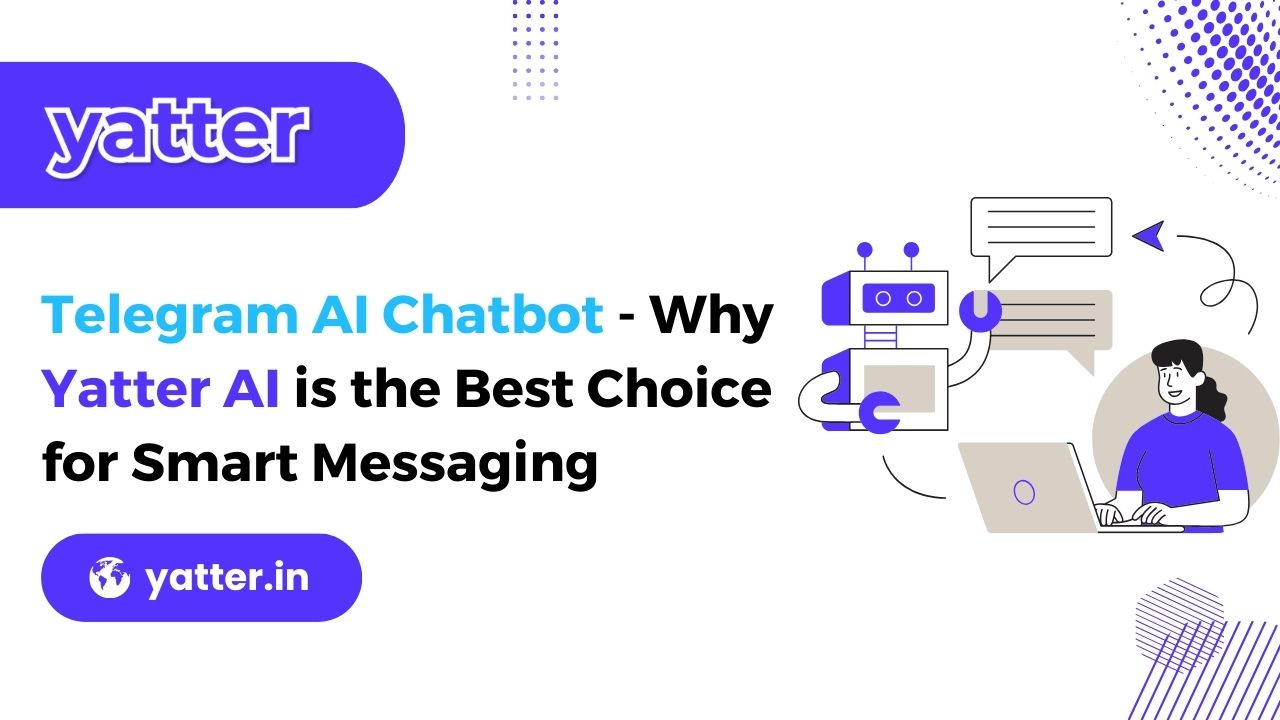











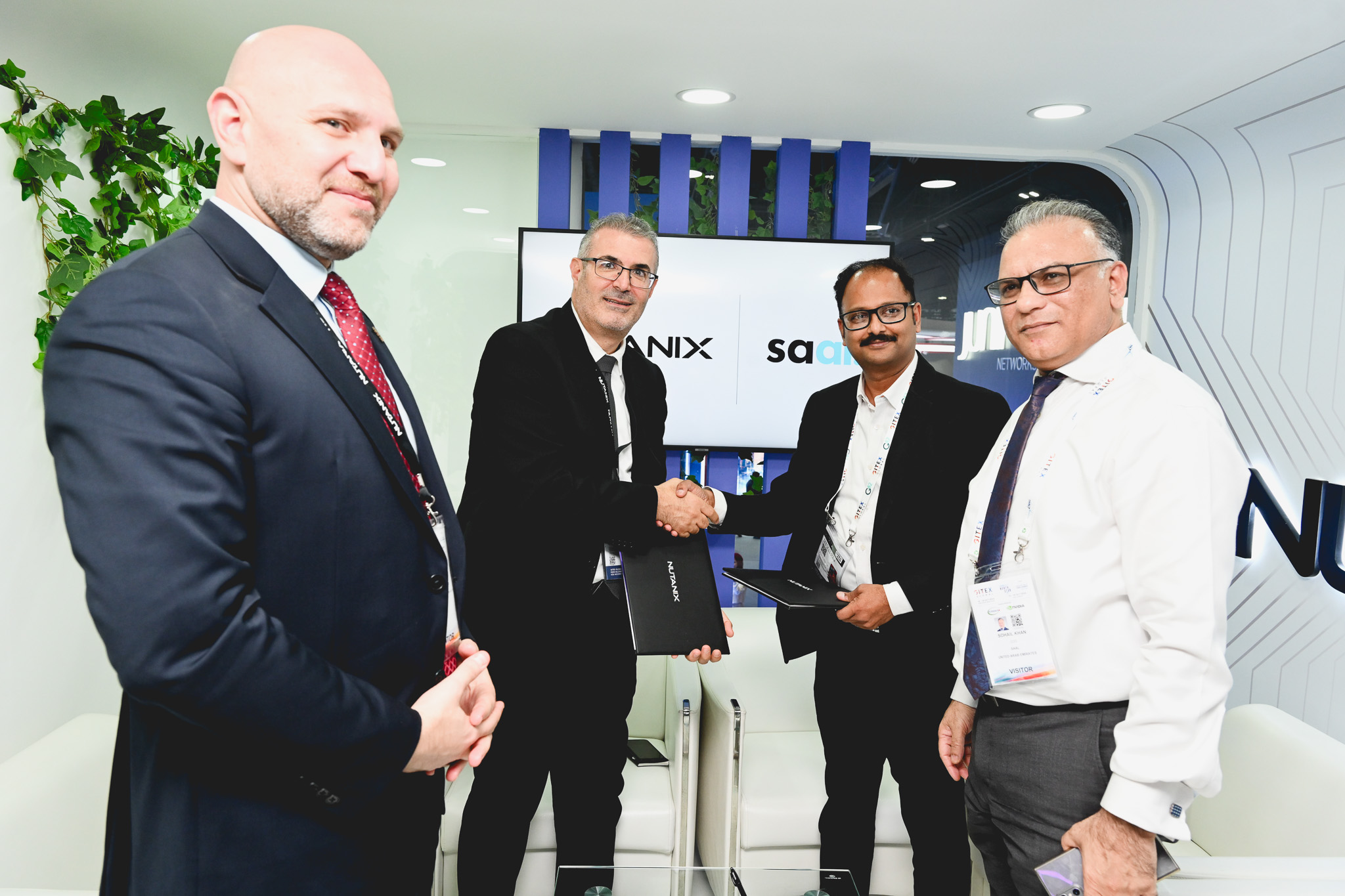
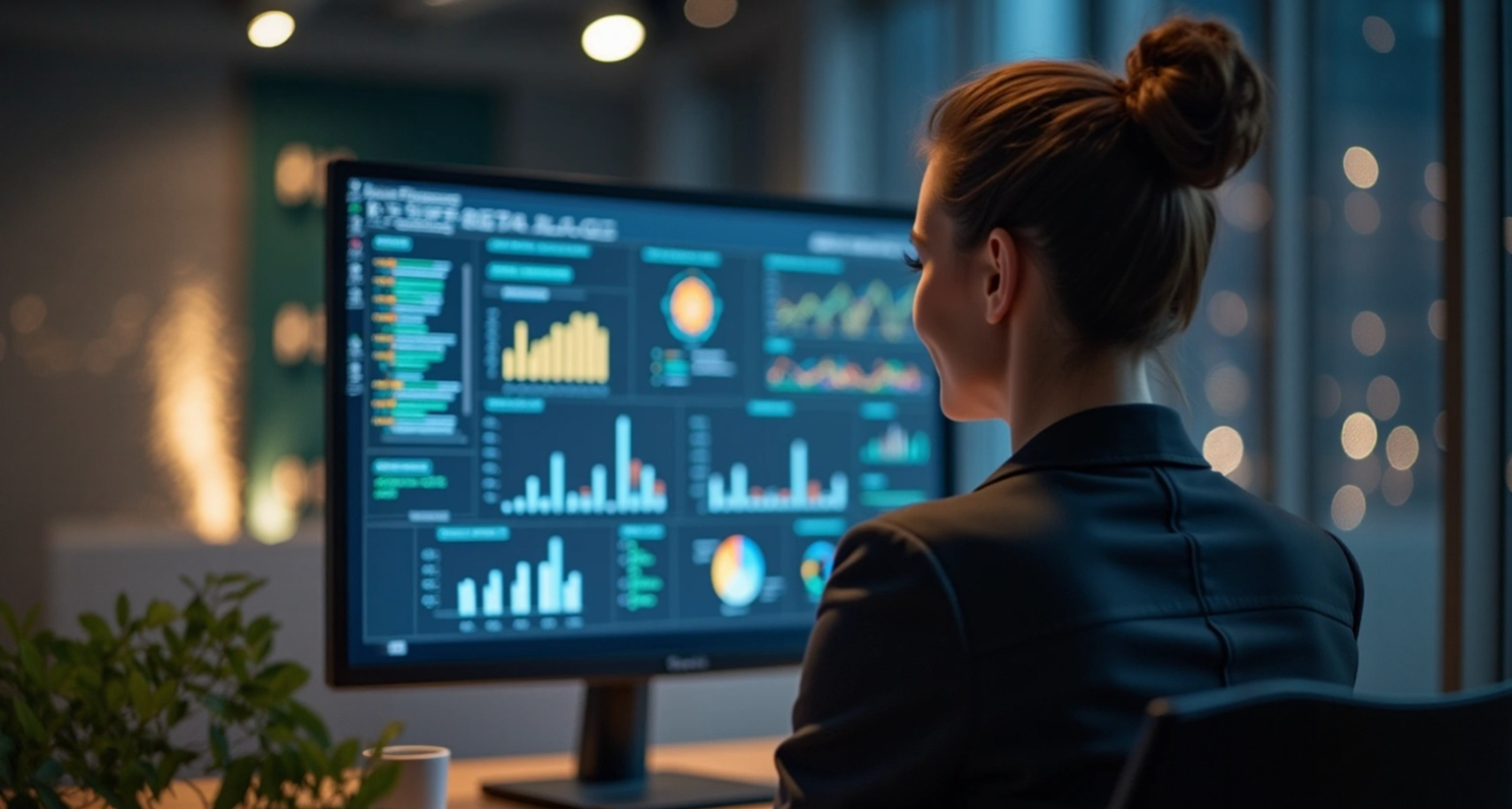
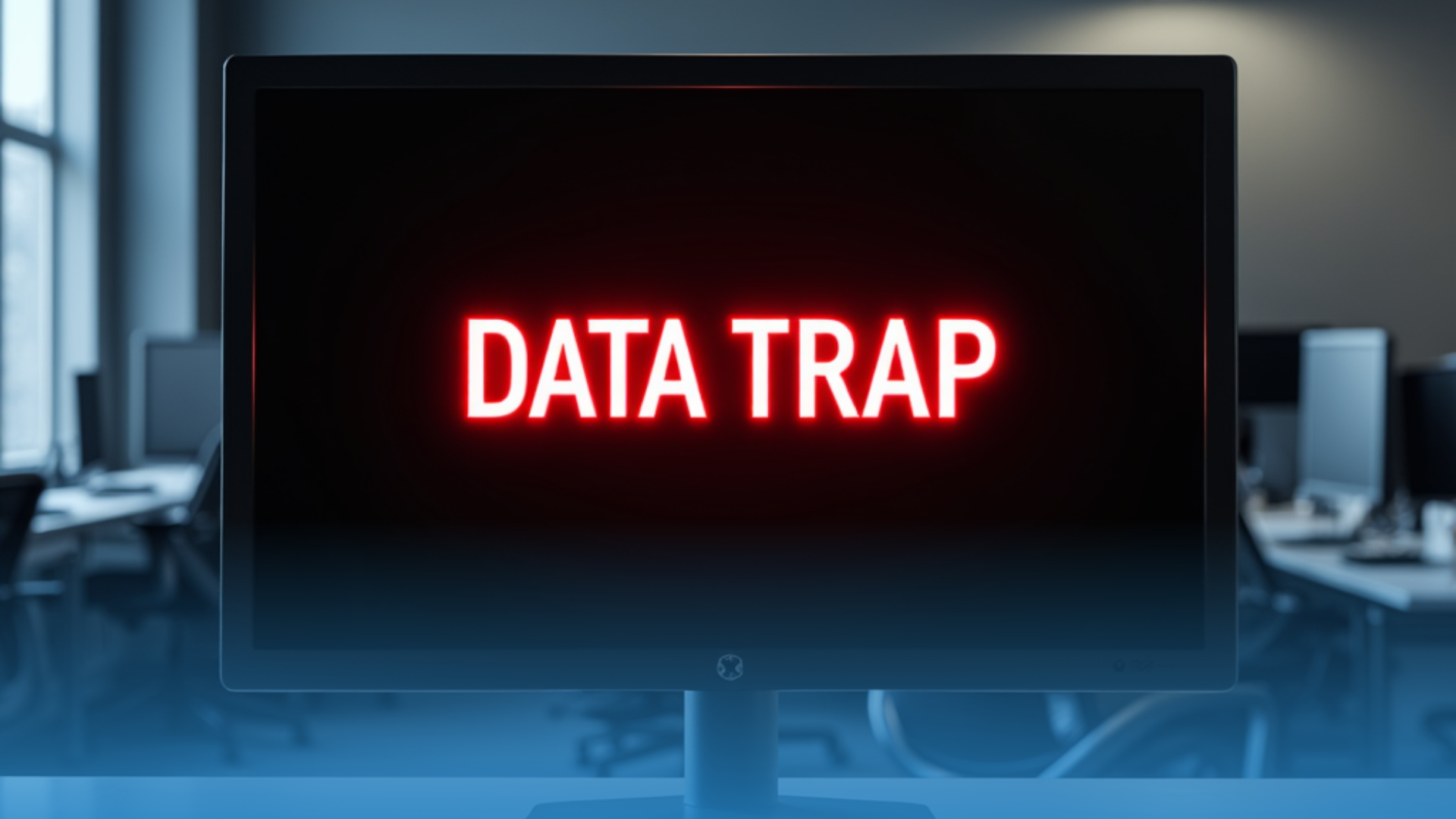
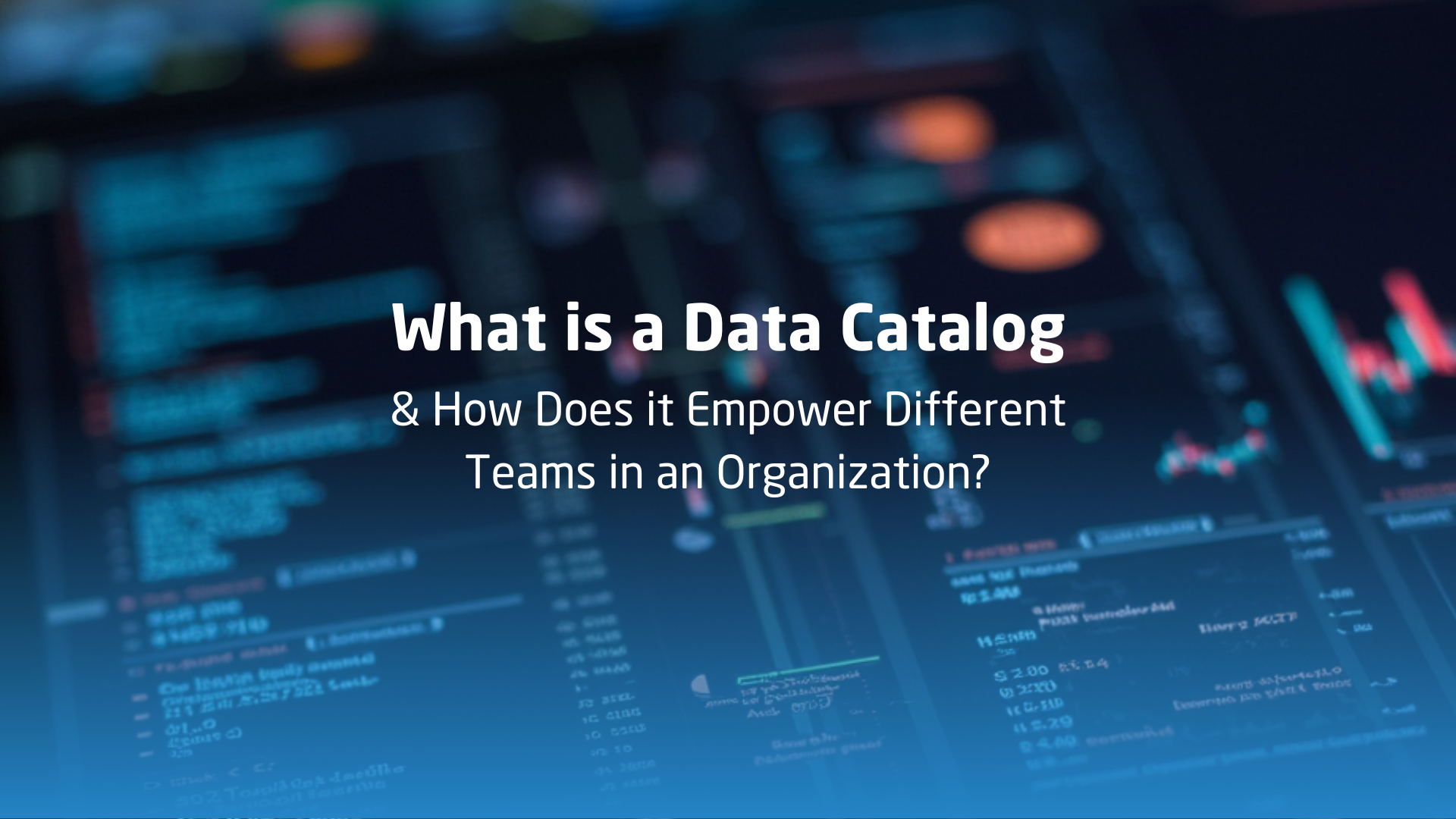








![[The AI Show Episode 154]: AI Answers: The Future of AI Agents at Work, Building an AI Roadmap, Choosing the Right Tools, & Responsible AI Use](https://www.marketingaiinstitute.com/hubfs/ep%20154%20cover.png)


